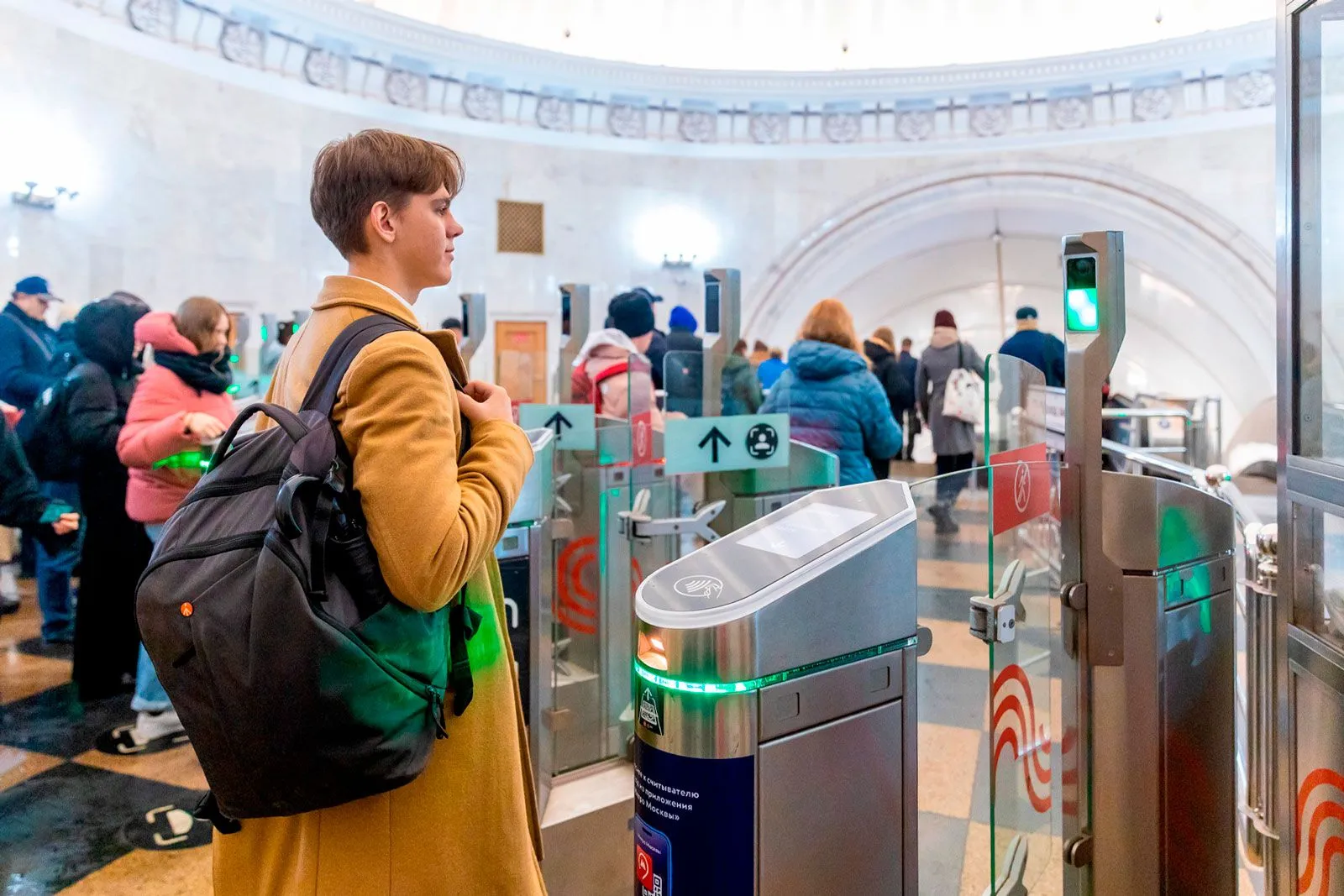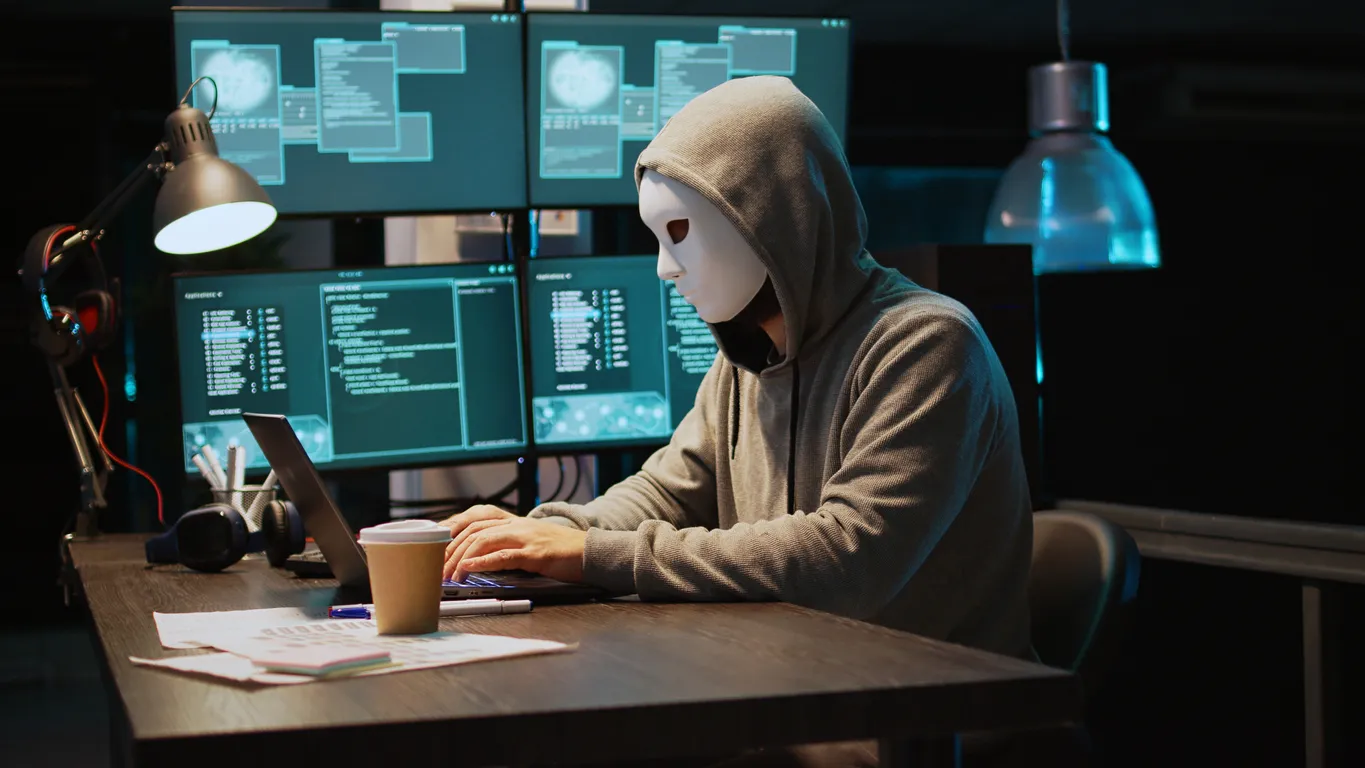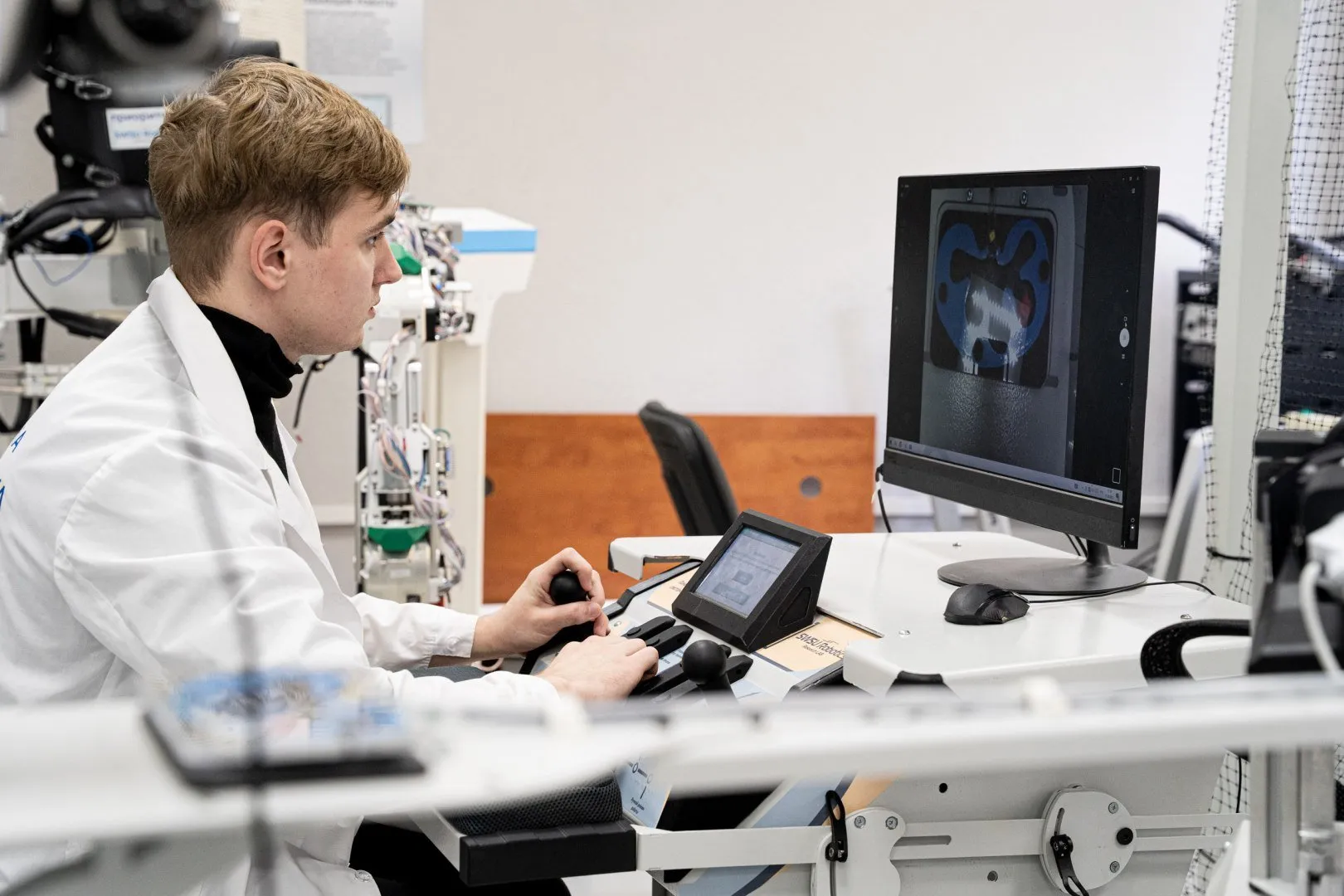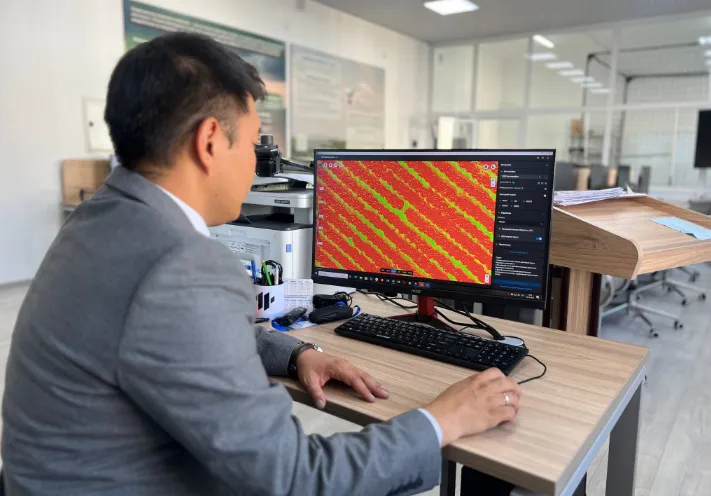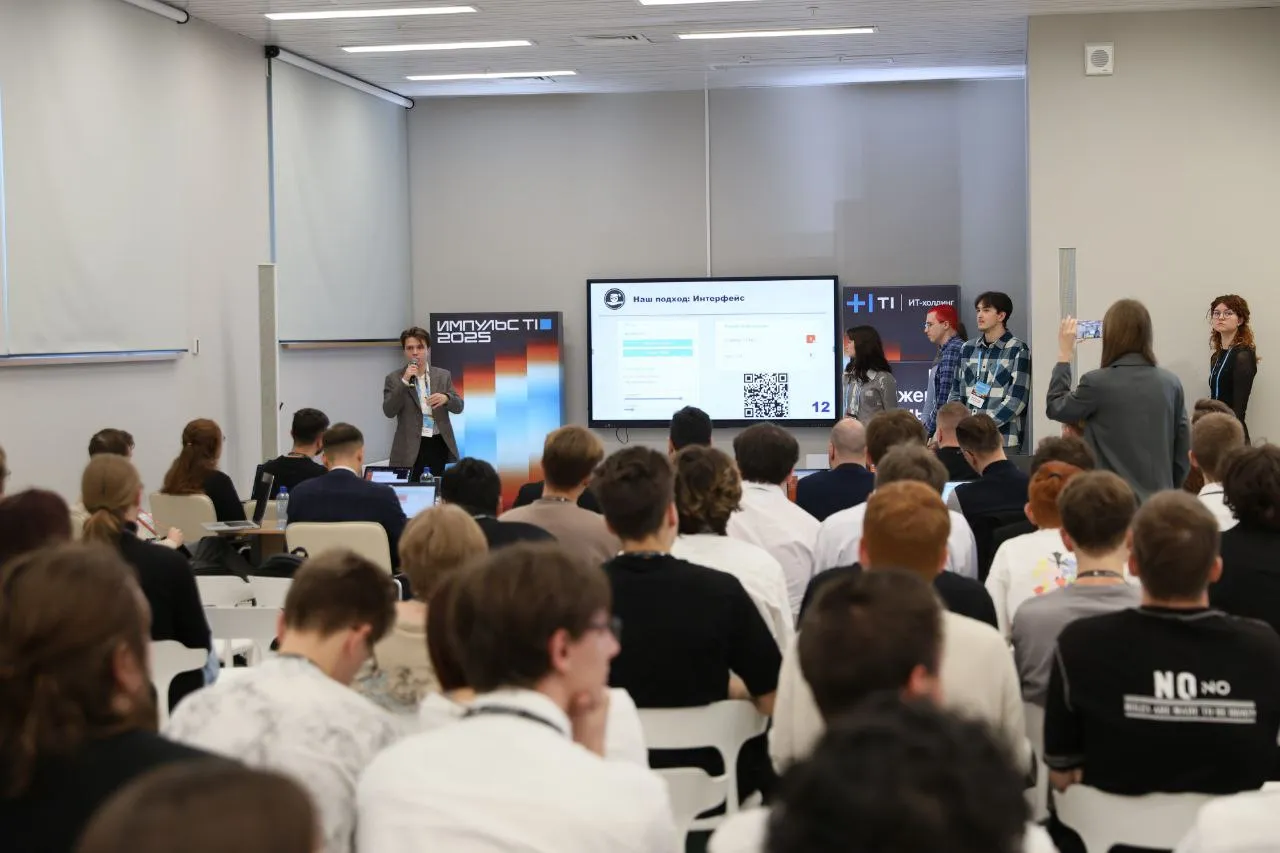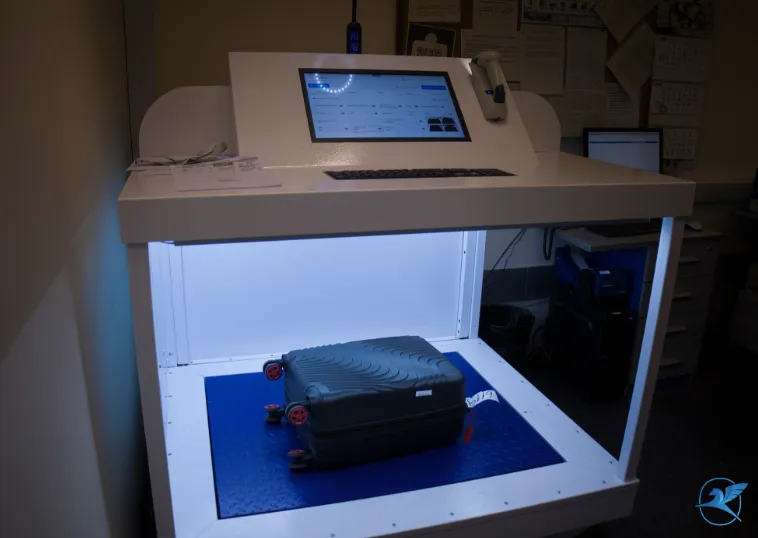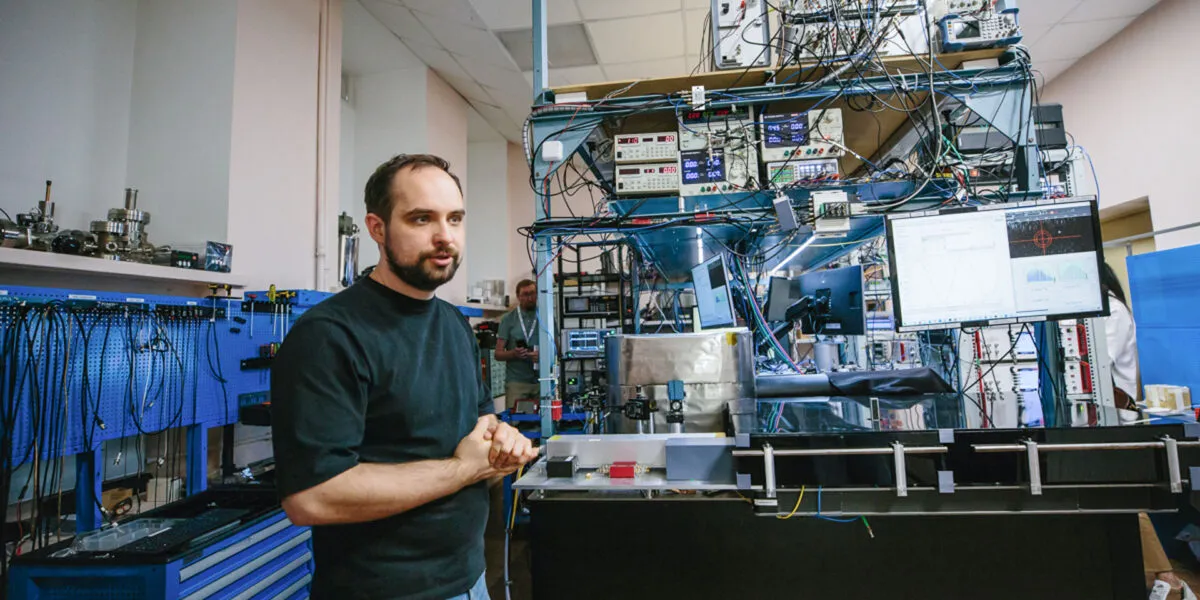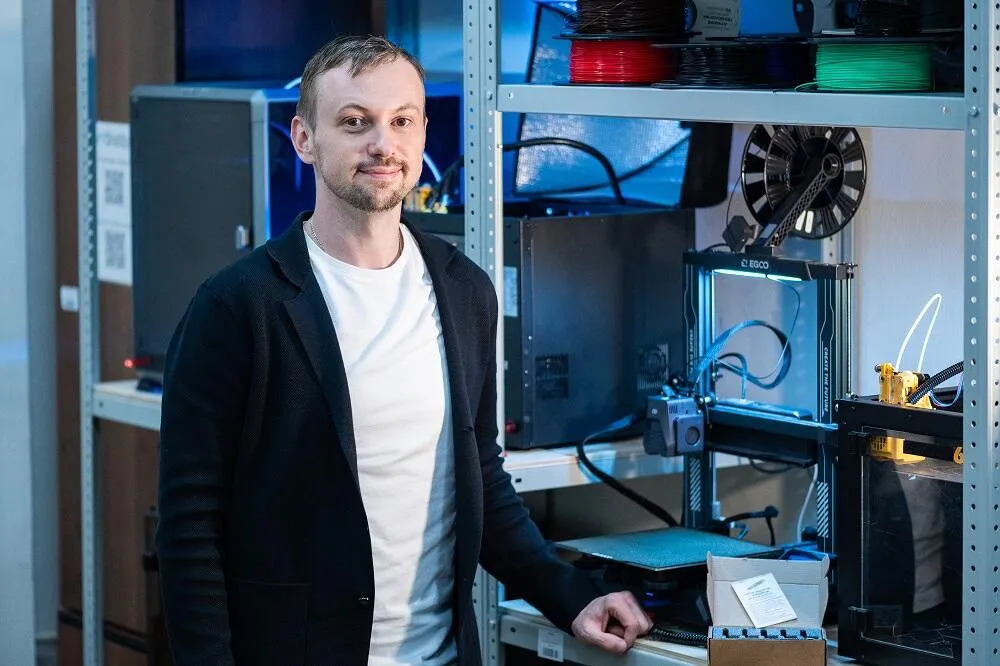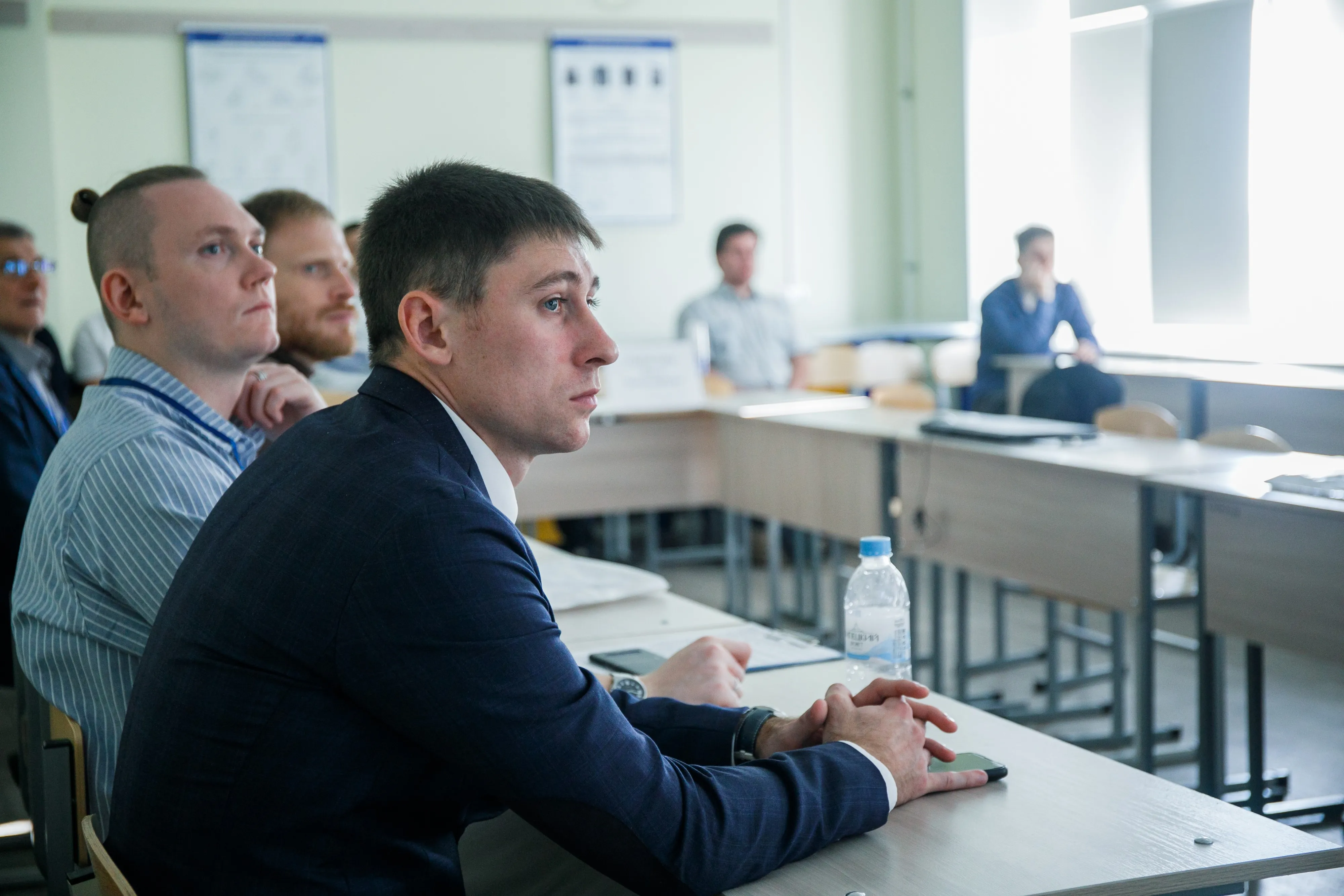Russian Student Develops Quantum-Proof Digital Signature System
The breakthrough cryptographic prototype aims to secure banking networks, blockchain platforms, and national infrastructure against next-generation cyber threats.

A student from the Moscow Institute of Physics and Technology (MIPT) has created a prototype of a collective digital signature system resistant to quantum computer attacks. Developed by Leonid Kartushin under the supervision of Alexey Kurochkin, the technology is designed to protect critical infrastructure and financial systems in the coming era of post-quantum cybersecurity.
Traditional digital signature algorithms, though time-tested, are increasingly vulnerable to quantum decryption methods, while emerging post-quantum standards lack the threshold signing functionality used in distributed systems. Kartushin’s solution bridges that gap by combining threshold cryptography with quantum-resistant architecture.
The method is based on the Dilithium algorithm — a leading post-quantum cryptographic standard — and Shamir’s Secret Sharing scheme, allowing multiple participants to generate a single joint signature without any one of them possessing the full private key. This structure minimizes the risk of key theft and unauthorized access to sensitive systems.
Finding the Balance Between Security and Performance
The innovation is intended for banking systems, blockchain networks, and other critical digital infrastructures, offering a foundation for distributed-trust post-quantum cryptography in Russia.
If further developed, Kartushin’s prototype could become a cornerstone for next-generation encryption standards, ensuring that even in the age of quantum computing, Russia’s most vital digital systems remain secure.



